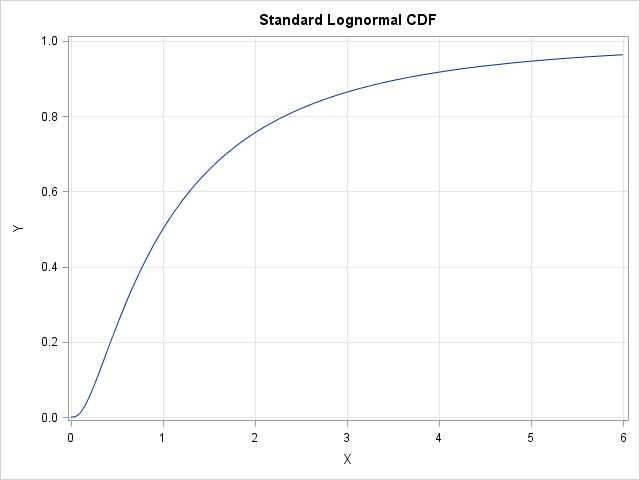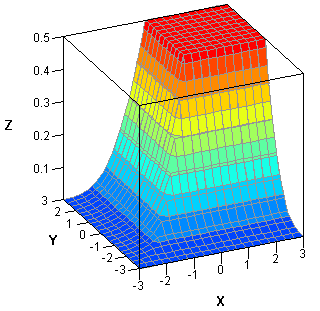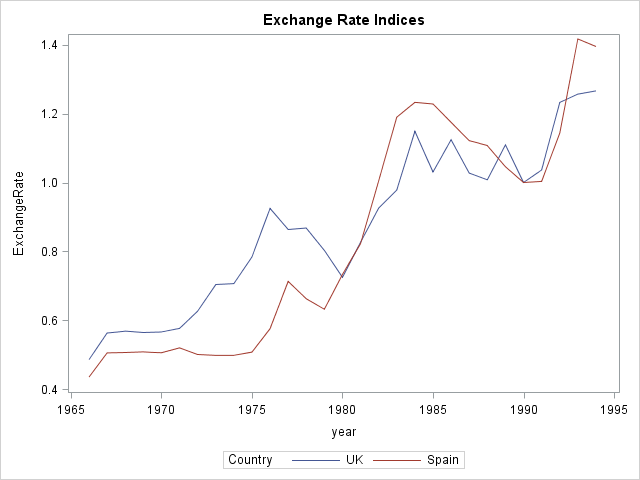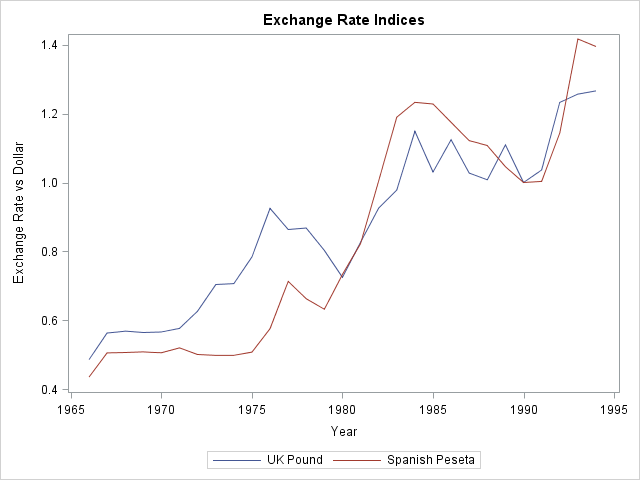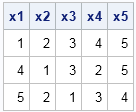
Sometimes I get contacted by SAS/IML programmers who discover that the SAS/IML language does not provide built-in support for multiplication of matrices that have missing values. (SAS/IML does support elementwise operations with missing values.) I usually respond by asking what they are trying to accomplish, because mathematically matrix multiplication with



